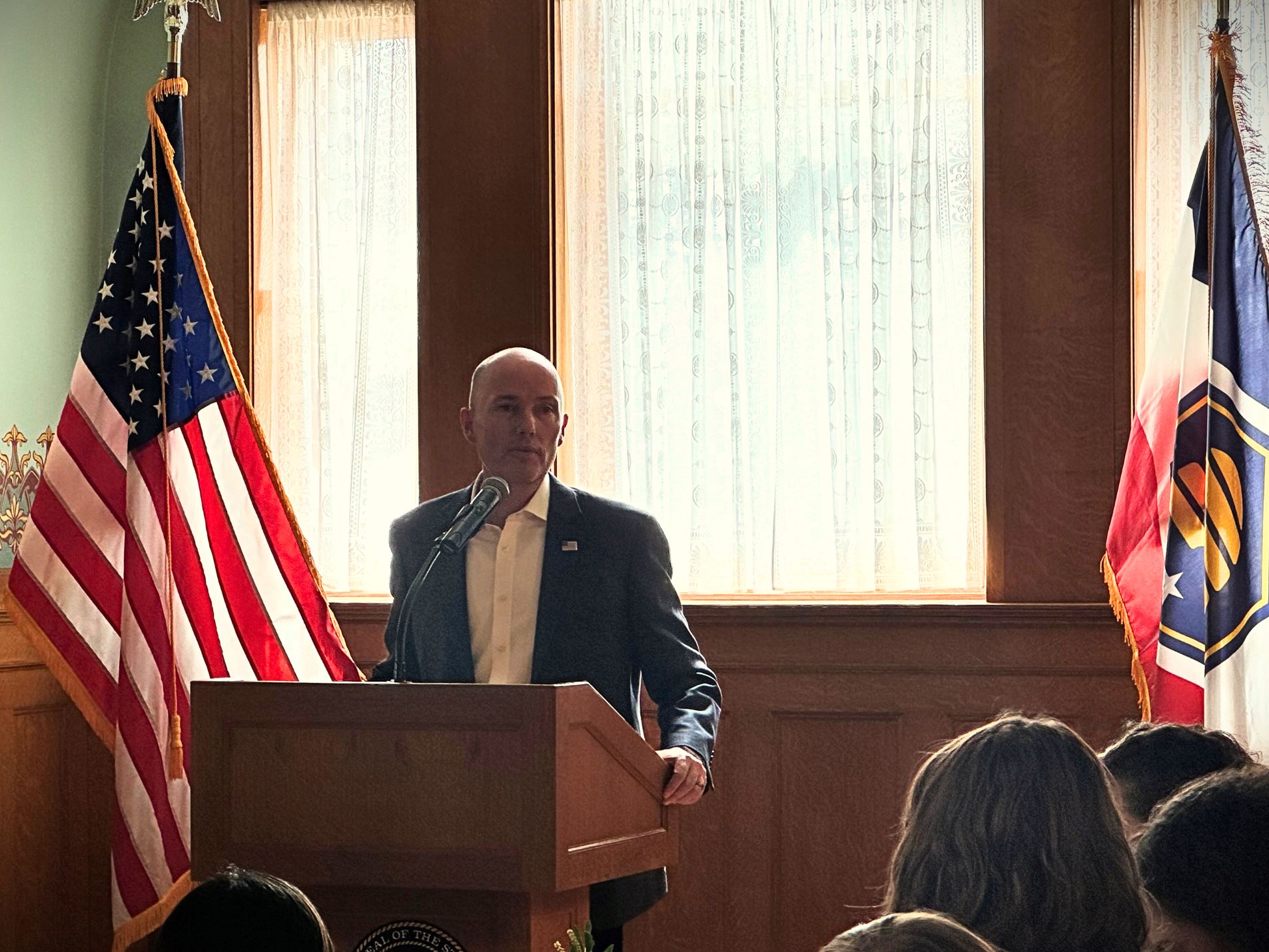This paper provides an overview of challenges that states are facing in developing integrated water and energy conservation policies; provides background on Arizona and Wisconsin’s innovative water-energy policies and programs; and summarizes action items the participating state teams identified for their respective states.
Executive Summary
Governors, state policymakers, utilities and other stakeholders across the country are increasingly aware of the connection between energy and water production and use, and the need to conserve both resources to meet economic and environmental goals. It requires substantial amounts of water to produce energy and considerable amounts of energy to treat and deliver water.
The critical interdependence between energy and water was clearly illustrated during the recent winter storm in Texas and other parts of the South in February 2021. Initial power outages contributed to a longer-term water crisis. Power outages led to water pump failures while water demand increased from frozen water pipes that burst. This caused low water pressure that can lead to harmful bacteria growth in the water. The power outages also prevented water treatment plants from properly treating the water for several days, thereby leaving many residents without clean drinking water and worsening the storm’s impacts.
The National Governors Association has been working with states on this connection between water and energy and strategies for conserving those resources for several years. NGA held a Water-Energy Nexus Learning Lab in September 2020. This event invited two leading states in the water-energy nexus space, Arizona and Wisconsin, to showcase some of their model policies and programs to other states, Maryland, Nevada, North Carolina, North Dakota, and Washington, looking for greater savings opportunities.
This paper provides an overview of challenges that states are facing in developing integrated water and energy conservation policies; provides background on Arizona and Wisconsin’s innovative water-energy policies and programs; and summarizes action items the participating state teams identified for their respective states. The main categories of policy solutions identified by states at NGA’s Water-Energy Nexus Learning Lab were:
- Funding & Financing – providing financial incentives for water efficiency modeled after established energy efficiency programs, and an emphasis on financial support for small water and energy utilities.
- Education & Technical Assistance – providing more education and training opportunities about ways to achieve cost-effective energy and water savings, and the needs of resource-constrained small and medium utilities for training and other assistance.
- Structural Changes to Encourage Conservation – developing ways to incentivize agricultural conservation such as through water allocation strategies; adopting water reuse or water loss standards; and requiring electric utilities to consider water impacts as part of their integrated resource planning process.
- Communications & Data – conducting energy audits, reviewing water data provided to state agencies, and developing data benchmarking tools to measure and better manage energy and water use.
- Climate Strategy – establishing a multi-agency working group or other collaborative approach to determine ways to integrate energy and water savings in state policies and help meet the state climate objectives.












